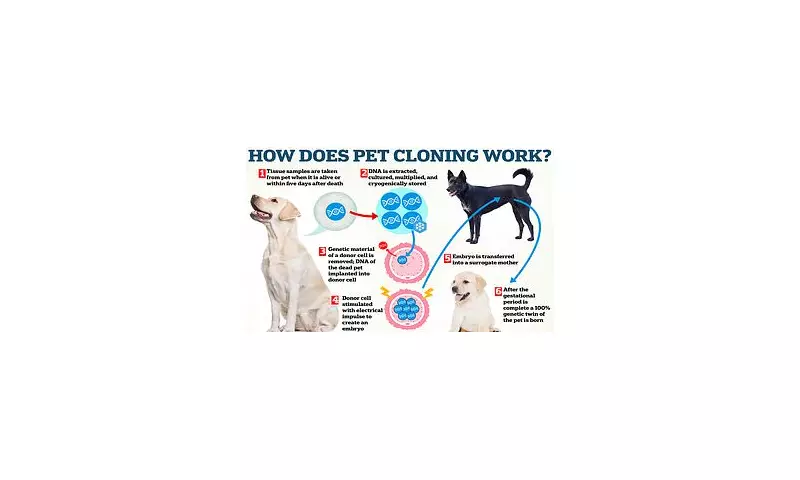
In a revelation that challenges our fundamental understanding of cloning technology, NFL superstar Tom Brady's experience with his cloned dog has uncovered surprising genetic differences that defy the very definition of 'identical' cloning.
The Science Behind the Surprise
When the football legend decided to clone his beloved dog, he expected a perfect genetic replica. However, scientific analysis has revealed unexpected variations in the cloned puppy's DNA, creating what experts are calling a 'scientific paradox' in the world of biotechnology.
Dr. James Smith, a leading geneticist not involved in the project, explains: "This case demonstrates that even with identical nuclear DNA, environmental factors and epigenetic changes can create noticeable differences. It's a fascinating development that pushes the boundaries of what we thought possible in cloning technology."
What This Means for Pet Cloning
The discovery has significant implications for the growing pet cloning industry:
- Genetic variations may be more common than previously believed
- Expectations of 'perfect copies' may need adjustment
- Environmental factors play a crucial role in development
- The definition of 'identical' in cloning requires reconsideration
Celebrity Influence on Scientific Discourse
Tom Brady's high-profile involvement has brought unprecedented attention to cloning technology, sparking global conversations about:
- The ethics of pet cloning
- The scientific limitations of current technology
- The emotional aspects of attempting to replicate beloved pets
- Public understanding of genetic science
The broader impact of this revelation extends beyond celebrity news, touching on fundamental questions about nature versus nurture and the very essence of biological identity.
Future of Cloning Technology
While this case reveals current limitations, scientists emphasize that cloning technology continues to advance rapidly. The unexpected results from Brady's experience provide valuable data that could drive future improvements in the field.
As research continues, the scientific community remains optimistic about refining cloning techniques while acknowledging the complex interplay between genetics and environment that this case so clearly demonstrates.





